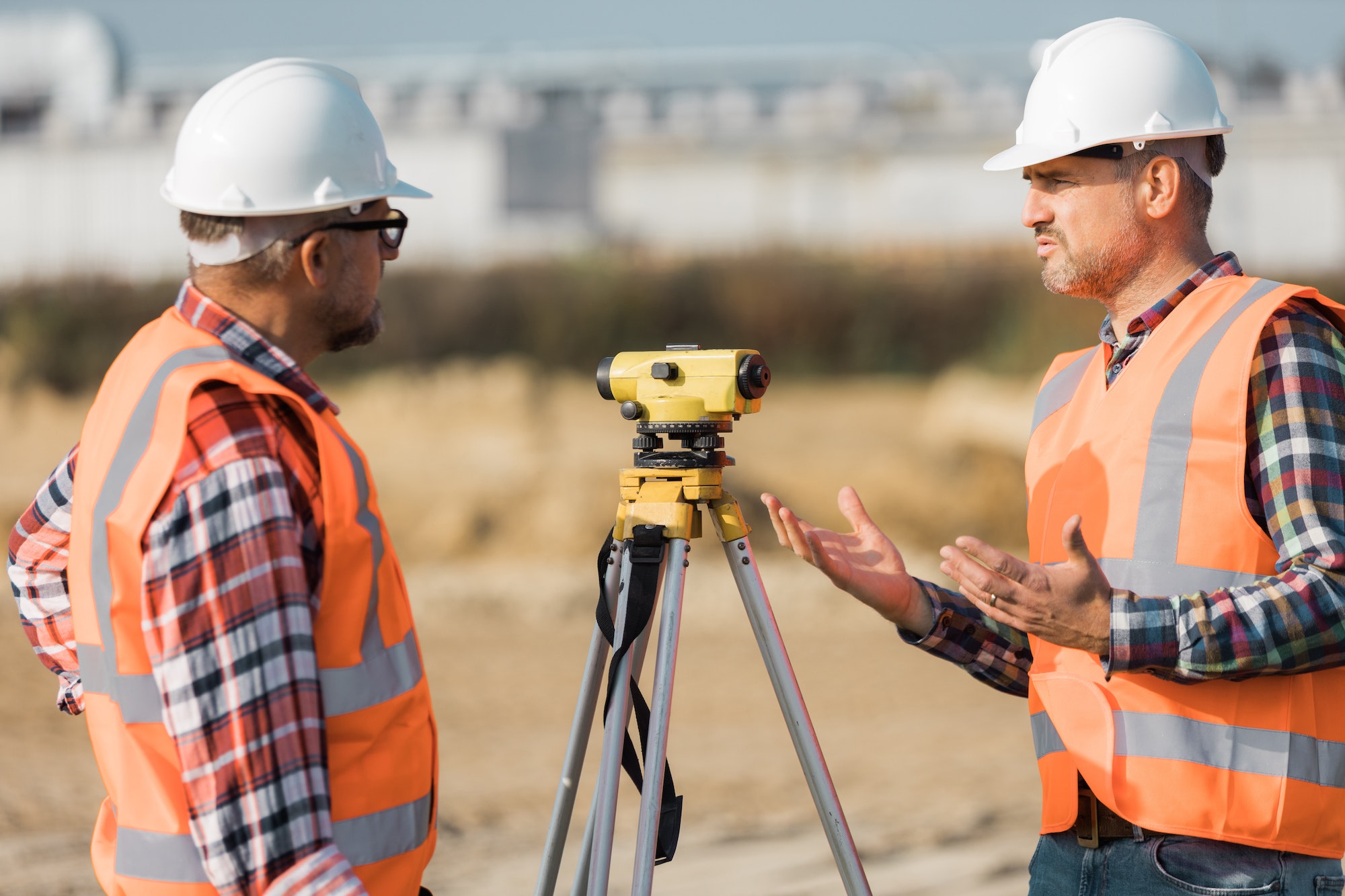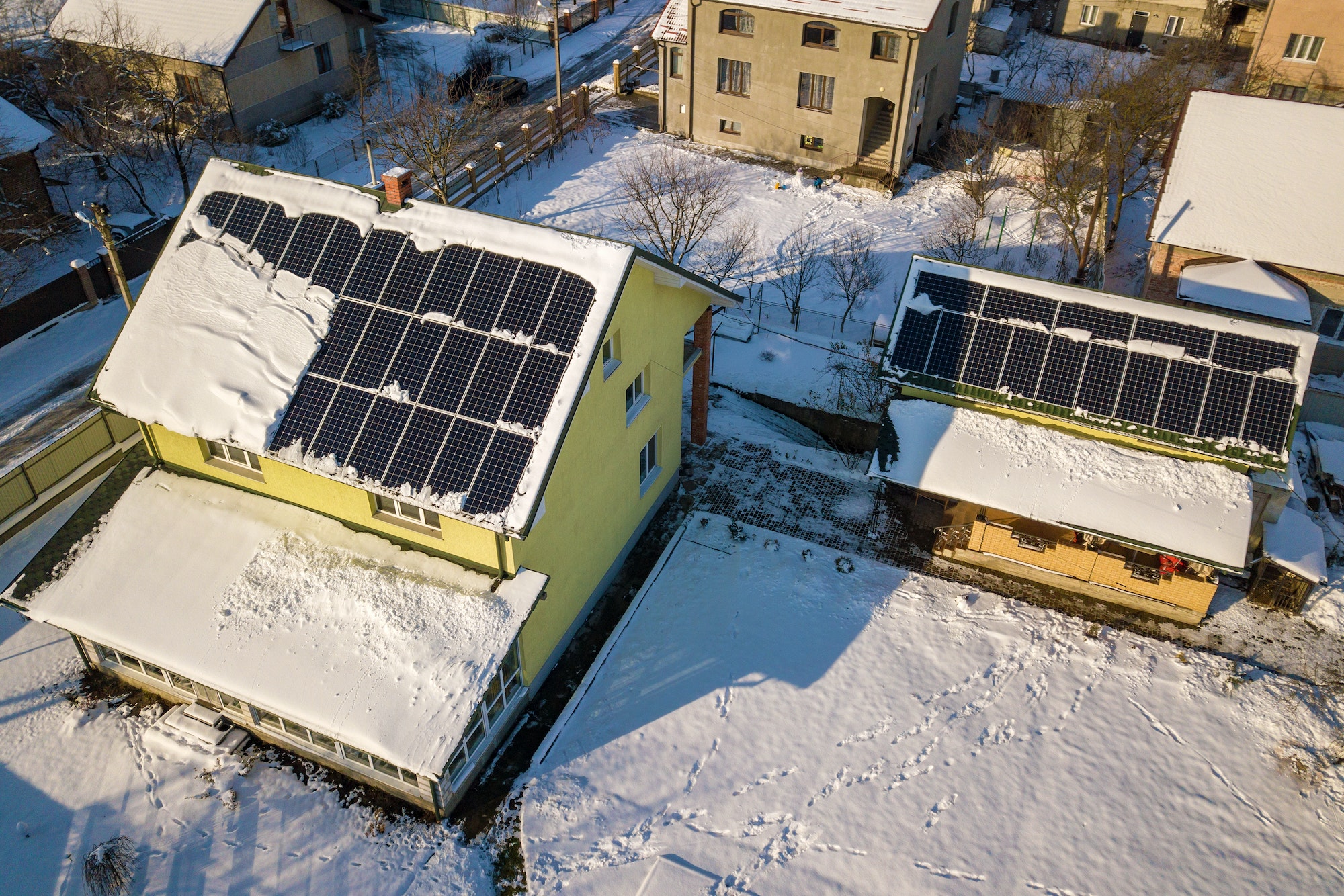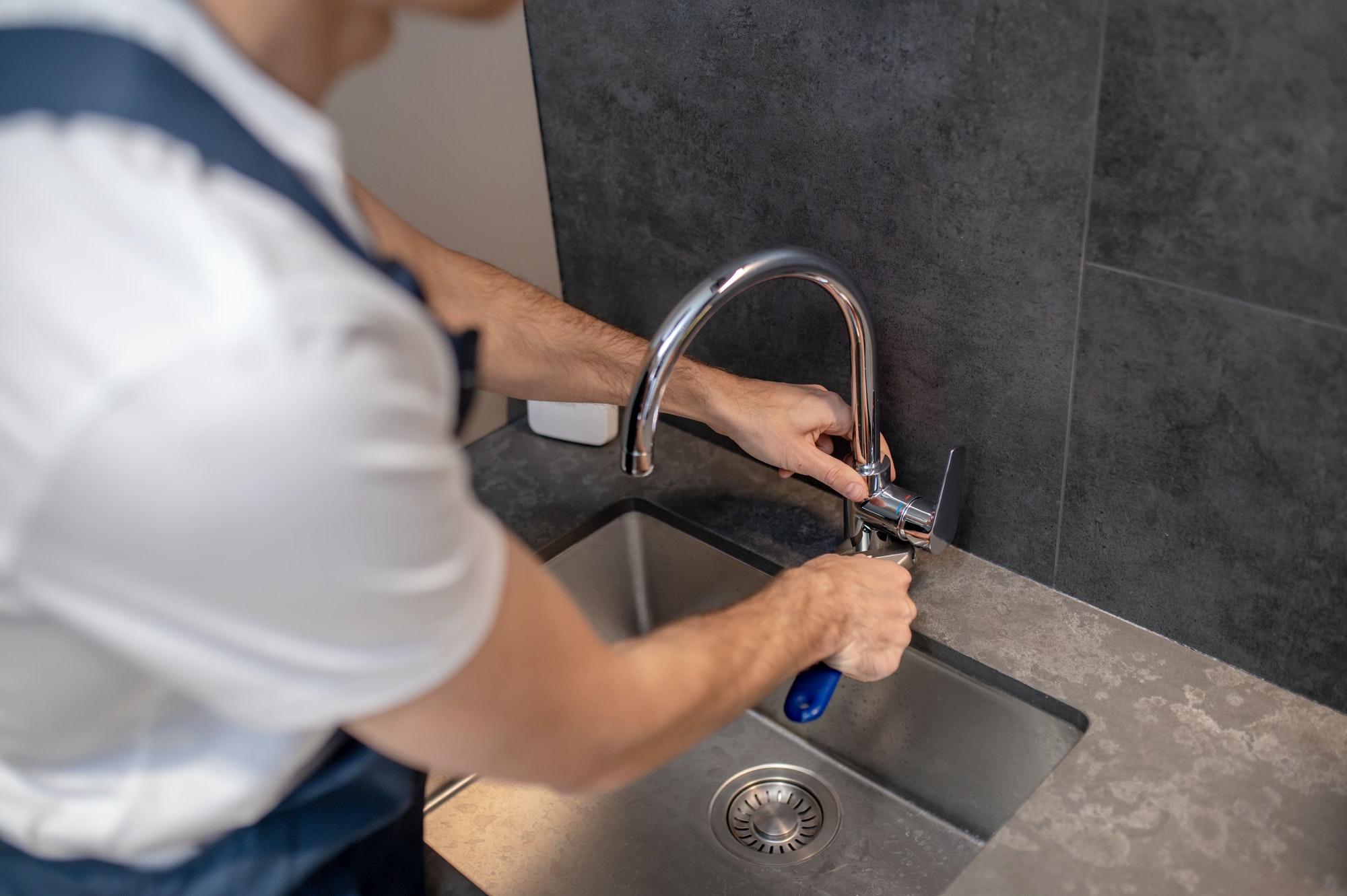Utility mapping is used for determining the location of utilities such as wires or pipework buried underground. It’s an important part of civil engineering, helping save both money and time on expensive reparative work along with delays that are caused by striking utilities. If project planners have an accurate utility map, they can accurately project costs for the work to be done.
Precision utility mapping, however, isn’t without its own unique challenges. The accuracy of mapping and records has posed problems for surveyors in the past as, of course, mapping the location of hidden objects is a task that’s inherently laced with challenges.
What Technologies Are Used for Utility Mapping?
The Subsurface Utility Engineering sector has over the past several decades developed ways to tackle the challenges typically associated with underground utility infrastructure locating and mapping.
Geophysical technology is then used together with non-technical means such as historical records to collect as much information as possible regarding subsurface infrastructure. The technologies used may vary, but the most common ones are:
1. Ground Penetrating Radar (GPR)
GPR is the preferred method when it comes to utility mapping. It involves the emission of directional electromagnetic waves and uses the signal return for identifying where subsurface utility infrastructure is located.
Benefits of Using GPR for Utility Mapping
GPR surveying technology is highly accurate and capable of locating both metallic and non-metallic utilities. Surveyors generally prefer to use GPR for conducting precision utility mapping surveys because it offers:
– Low operation cost
– Rapid acquisition of data
– High-resolution imagery
GPR, however, can sometimes be affected by soil moisture, and even oblique measurements. Using GPR together with other technology, such as radio detection can help provide a more accurate utility mapping survey result overall.
2. Electromagnetic Induction (EMI)
EMI is an alternative to the more popular GPR and uses an electrical current for inducing a primary magnetic field. A receiver is then set to the proper frequency and deflections of the magnetic field are identified, thus locating any subsurface utilities.
EMI is highly useful in the environments where the effectiveness and efficiency of GPR would likely be affected by high-moisture soil. However, it’s main drawback is that overlying metal objects can hinder it’s effectiveness.
Discover more from Futurist Architecture
Subscribe to get the latest posts sent to your email.




